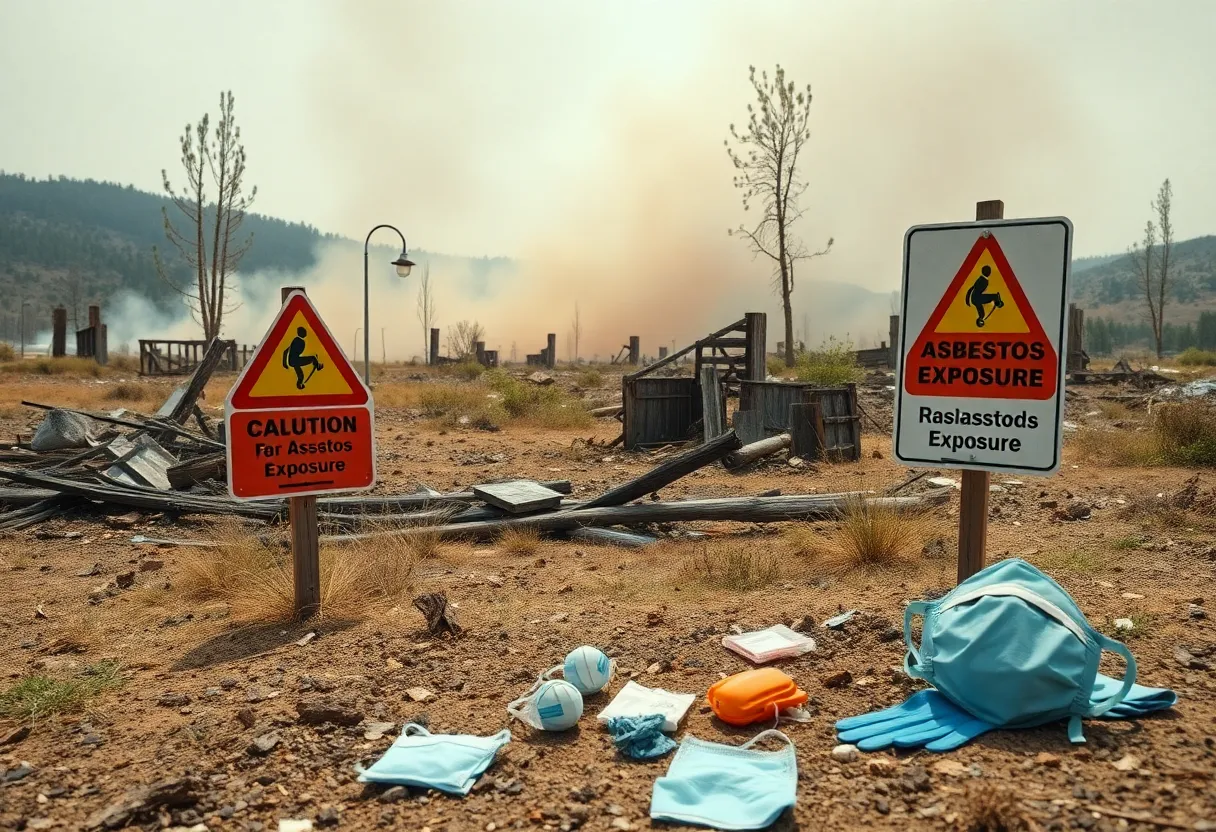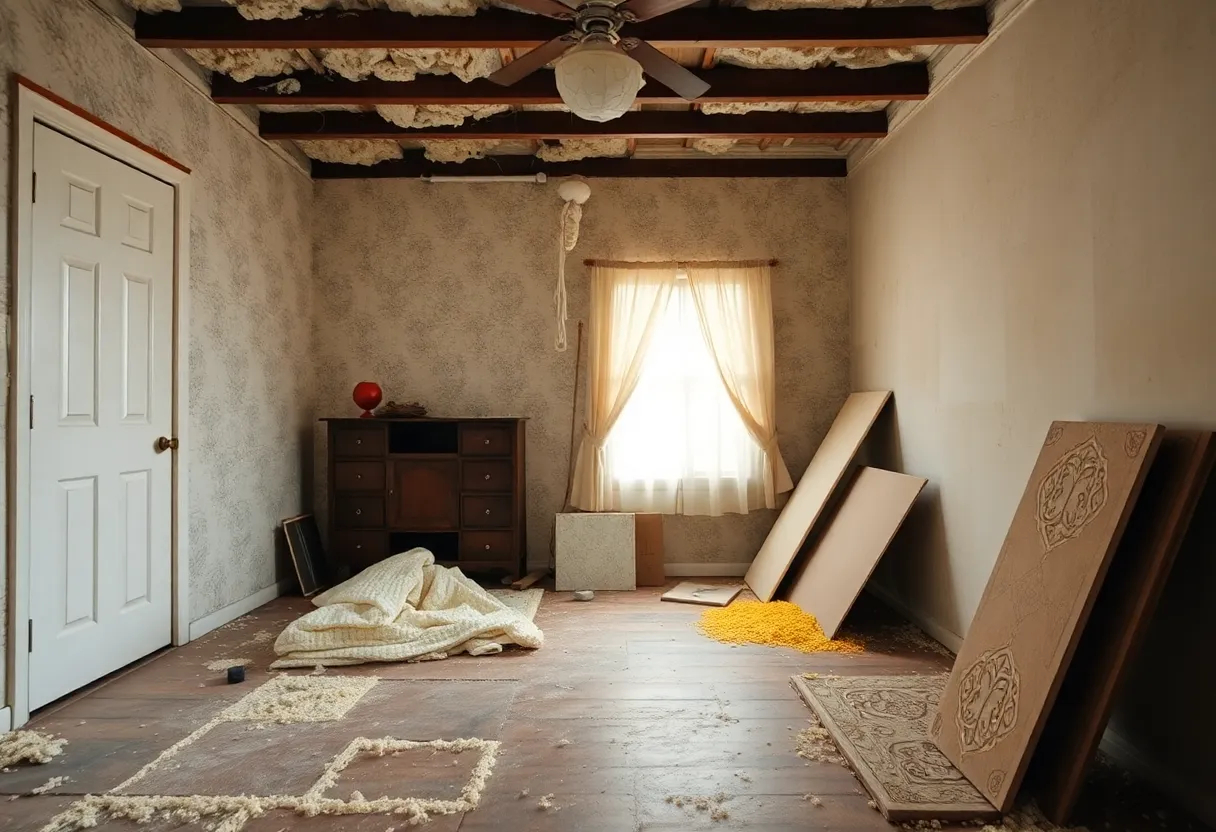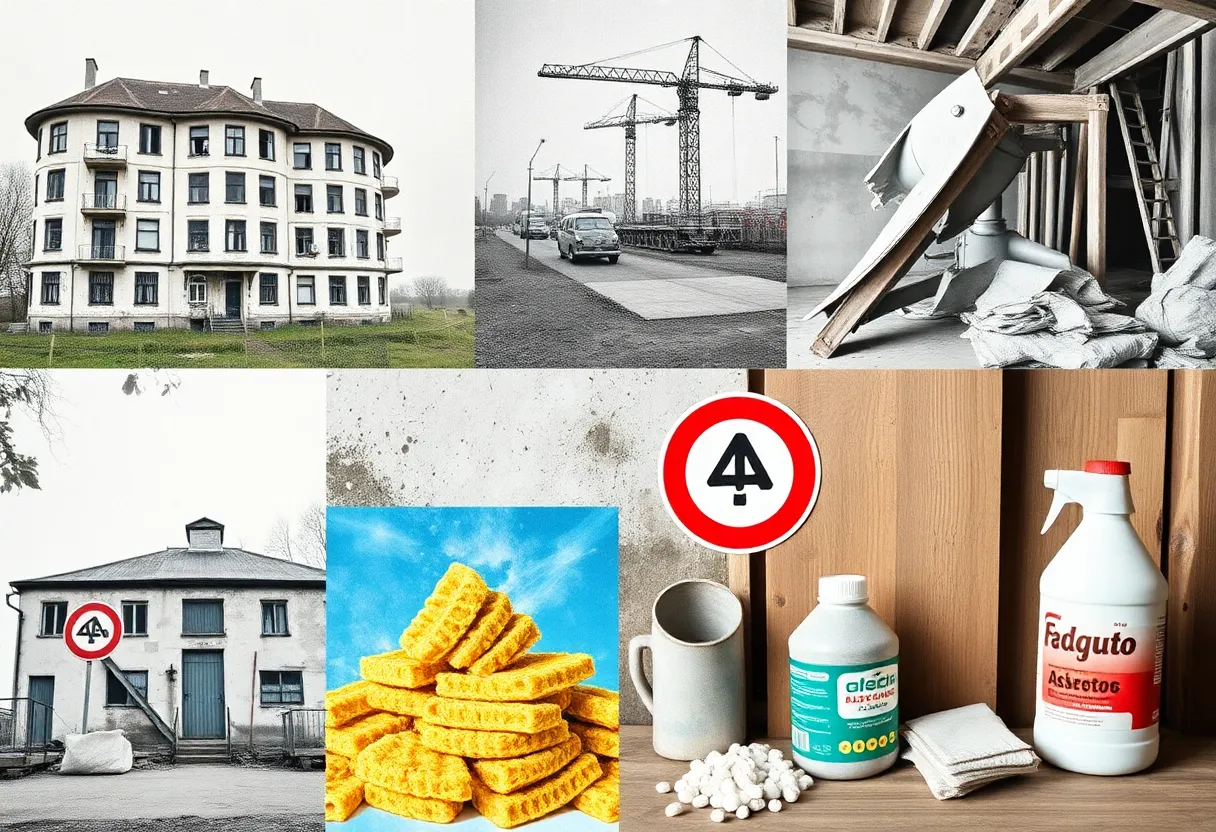News Summary
As awareness about the dangers of asbestos grows, the risks associated with asbestos exposure, especially in wildfire-affected areas, are alarming. With thousands of annual deaths linked to asbestos-related diseases and the potential for exposure after wildfires, it is crucial for communities to take protective measures. Individuals cleaning up post-wildfire should prioritize safety and consider hiring professionals for asbestos abatement. The ongoing threat of asbestos, the implications for health, and the urgent need for change underscore the severity of this issue.
The Alarming Truth About Asbestos Exposure: A Deadly Legacy in the Wake of Wildfires
The silent killer, asbestos, is once again making headlines as more people become aware of its devastating impact. This naturally occurring mineral, primarily known for its use in construction and insulation, is the sole cause of mesothelioma, a rare and aggressive form of cancer. While awareness is growing, many remain oblivious to the dangers associated with asbestos exposure, especially in areas ravaged by wildfires.
Shocking Statistics: The Cost of Asbestos
In the United States, an estimated 12,000 to 15,000 individuals succumb to asbestos-related diseases each year. The alarming statistics reveal that between 1999 and 2017, the nation faced approximately 237,000 to 277,700 deaths due to asbestos exposure. Surprisingly, the death rate from occupational asbestos exposure has increased by 20% from 1990 to 2019.
If you think this situation only impacts certain regions, think again. California has recorded the highest number of asbestos-related deaths at 27,080 during 1999-2017, with 5,100 of those cases linked directly to mesothelioma. On the other hand, Alaska sits at the bottom of the list with just 512 deaths, a stark reminder of the disparity across states. This grim reality showcases the correlation between larger populations and higher asbestos fatalities.
Wildfire Aftermath: A Hidden Risk
In recent years, the aftermath of wildfires, particularly in places like California, has highlighted the persistent risks of asbestos exposure. Post-wildfire conditions can disturb asbestos fibers present in damaged structures, rendering the air hazardous for residents. It is shocking to note that an estimated 34,460 structures in the Palisades area were built before 1980 and are likely to contain asbestos, leading to an increased risk during cleanup operations.
As the embers cool in the aftermath of a wildfire, microscopic asbestos fibers can linger in the air for 4 to 80 hours. This airborne threat increases the potential for inhalation and further inflammation of the lungs, leading to conditions like mesothelioma, lung cancer, and asbestosis.
Safety First: Protecting Yourself
For residents engaged in post-wildfire cleanup, the emphasis on protective measures cannot be overstated. Those involved in these activities are urged to don masks, respirators, gloves, and protective clothing to minimize exposure to toxic fibers. Furthermore, it is recommended to hire asbestos abatement professionals for substantial cleanup efforts that may involve extensive asbestos-containing materials.
Resist the temptation to tackle cleanup alone. Areas that have been affected by fires should be approached with caution. Until safety assessments have been made, residents should steer clear of cleaning up affected properties to avoid unnecessary exposure to harmful asbestos particles.
Health Implications and Precautions
With the ever-increasing frequency of wildfires, the overall risk of asbestos exposure continues to rise, particularly in fire-prone regions. It is vital for individuals who have a history of asbestos exposure to communicate this information to their healthcare providers. This conversation is crucial for discussing any emerging health concerns linked to asbestos.
Beyond the air contamination, asbestos can also infiltrate water sources following fires, adding another layer to the already complex health risks posed by this toxic material. It is imperative for communities to understand these dangers and advocate for safer practices going forward.
The Path Forward: Calling for Change
The sobering reality is that there is no safe level of asbestos exposure. As we face the challenges of climate change and increasing wildfire activity, it is essential to prioritize public health and safety by raising awareness about the dangers of asbestos and advocating for stricter regulations surrounding its use and mitigation in affected areas.
In conclusion, the deadly legacy of asbestos lingers largely unnoticed, and the imperative to educate ourselves and take protective measures is more critical than ever. The fight against asbestos exposure may not be one we can win overnight, but with concerted effort, awareness, and action, we can contribute to a safer future for all.
Deeper Dive: News & Info About This Topic
HERE Resources
The Turner Brothers Factory: A Legacy of Asbestos and Controversy
Uncertainty Surrounds Drongen Recycling Center Due to Asbestos Concerns
Asbestos Controversy: Trump, Veterans, and Health Risks
Presperse’s Bankruptcy Plan Approved Amid Asbestos Claims
Top Cancer Centers Shine in 2025-2026 Rankings
Asbestos Testing Market Set for Explosive Growth Amid Renewed Health Concerns
New Insights Into Mesothelioma: A Hidden Tragedy Linked to Asbestos Exposure
Revolutionizing Mesothelioma Treatment with Immunotherapy
New Asbestos Framework Aims to Tackle Hazards Across the North of England
Family Seeks Justice Following Mesothelioma Diagnosis
Additional Resources
- Mesothelioma Guide: Mesothelioma Risk After California Fires
- Wikipedia: Asbestos
- Asbestos.com: California Wildfires May Spread Asbestos
- Google Search: Asbestos Exposure
- Mesothelioma Guide: Tips to Avoid Asbestos Exposure
- Google Scholar: Asbestos Related Diseases
- Encyclopedia Britannica: Asbestos
- Google News: Wildfires and Asbestos



















